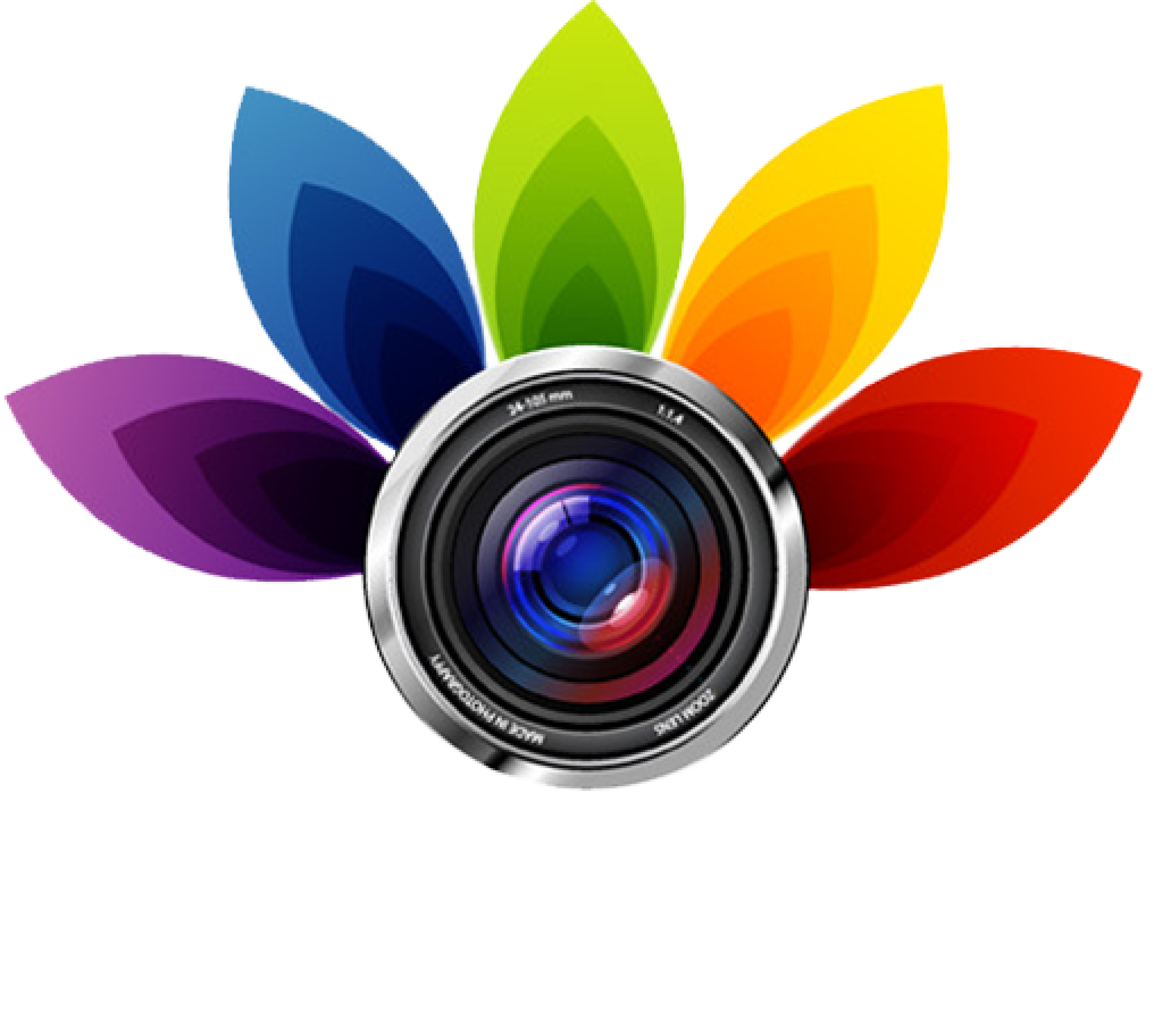
Pros and Cons of Best Photography Studios for Product Shots
A photography studio for product shots offers a professional environment designed to take high-quality images. With controlled lighting, quality equipment, and customizable backgrounds, studios provide the ideal setup to showcase products in the best possible way. This makes it a popular choice for businesses and brands looking to create clean, consistent visuals for their marketing needs while also considering the pros and cons of best photography practices for achieving professional results.
However, using a studio comes with its own set of challenges. While the controlled environment make sure high-quality results, it can also be more expensive than other alternatives. Additionally, shooting in a studio may limit creativity, as the setup is often less flexible compared to taking products in real-world settings or lifestyle shots.
Here, we’ll explore the pros and cons of using a photography studio for product shots. Understanding the benefits and drawbacks can help you decide if a studio is the right choice for your product photography needs.
Pros and Cons of Photography Studio
Pros
A photography studio offers a controlled environment, which is perfect for achieving consistent lighting. This allows photographers to manage shadows, highlights, and exposure, making sure that every product is presented in the best light possible. With the ability to adjust lighting setups, studios can create the perfect ambiance for any type of product, if it’s shiny, matte, or textured.
 Studios also provide access to professional equipment, including high-resolution cameras, lenses, and backdrops. These tools are important for creating detailed images with sharp focus and high clarity. Professional-grade gear makes sure that your product shots look polished and ready for marketing or e-commerce platforms.
Studios also provide access to professional equipment, including high-resolution cameras, lenses, and backdrops. These tools are important for creating detailed images with sharp focus and high clarity. Professional-grade gear makes sure that your product shots look polished and ready for marketing or e-commerce platforms.
Another advantage of studio photography is the customizable backgrounds. You can choose plain, neutral backdrops or more elaborate settings to highlight your product. This versatility allows you to maintain a consistent brand aesthetic across all your images, making sure that each product shot aligns with your overall look and feel.
The studio environment minimizes distractions, helping the photographer focus solely on the product. In a studio, without weather or noise, product shots stay clear, accurate, and free from distractions. This controlled space guarantees that your product remains the focal point of every shot.
Lastly, a photography studio allows for efficient time management and streamlined workflows. Because the environment is controlled, photographers can set up and take shots quickly without dealing with outside distractions. This can be especially beneficial when working on multiple product shots or when you have a tight deadline to meet. With everything in place, you can maximize your time in the studio and focus on getting the perfect shot, making sure a smooth and effective shot from start to finish.
Cons
One of the main drawbacks of using a photography studio for product shots is the cost. Renting studio space, along with the expense of professional equipment and staff, can quickly add up. This makes it a less affordable option, especially for small businesses or individuals with limited budgets.
 Another downside is the lack of flexibility. A studio setup is often rigid, with fixed backgrounds and lighting arrangements. Unlike shooting in real-world environments, where you can incorporate natural elements or experiment with different settings, a studio limits creative freedom and may not take the product in as interesting or varied a way.
Another downside is the lack of flexibility. A studio setup is often rigid, with fixed backgrounds and lighting arrangements. Unlike shooting in real-world environments, where you can incorporate natural elements or experiment with different settings, a studio limits creative freedom and may not take the product in as interesting or varied a way.
Studio sessions also require scheduling in advance, which can be time-consuming. You may need to book a time slot, coordinate with the photographer, and prepare your products for the shoot. This can add additional layers of planning and delay the process, especially if the studio is in high demand or has limited availability.
The controlled environment of a studio may not always suit every product. Some items, particularly those that look better in natural settings, may not have the same appeal in a studio. Clothing, food, or lifestyle items may not look as natural in a plain studio as they do in real-life settings.
Another potential drawback is the lack of natural light in many photography studios. Controlled lighting is consistent, but it can’t always give the warmth and feel of natural light some products need. For items like food, clothes, or jewelry, natural light adds a soft, real look that studio lighting can be hard to match. This limitation can affect the look of product images, making them less relatable or appealing to some audiences.
Why Choose a Photography Studio?
 Choosing a photography studio make sure that professional results with a controlled environment, which is important for achieving consistent, high-quality product shoots. The ability to manipulate lighting, angles, and backgrounds means that every detail of the product is showcased in the best possible way, making it perfect for e-commerce, advertising, or catalog photography.
Choosing a photography studio make sure that professional results with a controlled environment, which is important for achieving consistent, high-quality product shoots. The ability to manipulate lighting, angles, and backgrounds means that every detail of the product is showcased in the best possible way, making it perfect for e-commerce, advertising, or catalog photography.
A studio provides access to top-of-the-line equipment and expertise, making sure that your images are sharp, clear, and visually appealing. With pro cameras, lenses, and lighting, a studio shows your product at its best, helping it stand out in a competitive market.
Another reason to choose a studio is the ability to create a consistent look across all your product shots. If you’re shooting multiple products or a series of promotional images, a studio allows you to maintain uniformity in lighting, background, and style, which is important for building a cohesive brand identity. Additionally, using a studio removes external distractions, such as weather or changing lighting conditions, giving you full control over the shot. This makes sure your product shots are clear, consistent, and high-quality for your business.
Cost vs. Flexibility in Studios
When it comes to a photography studio, one of the biggest trade-offs is between cost and flexibility. Studios can be expensive due to rental fees, professional equipment, and the expertise of photographers. These costs may not be feasible for every business, especially smaller companies or startups. While the results are often high-quality, the investment can be significant, and it may not always justify the budget for every project.
 On the other hand, flexibility in a studio setting is more limited. The controlled environment, while perfect for consistency, often restricts creative freedom. The setup is predetermined, and backgrounds, lighting, and angles may be less adaptable than those found in real-world environments. This can make it challenging to experiment with different styles or incorporate more spontaneous, natural elements into your shots.
On the other hand, flexibility in a studio setting is more limited. The controlled environment, while perfect for consistency, often restricts creative freedom. The setup is predetermined, and backgrounds, lighting, and angles may be less adaptable than those found in real-world environments. This can make it challenging to experiment with different styles or incorporate more spontaneous, natural elements into your shots.
However, the lack of flexibility comes with its own set of advantages. The studio’s-controlled conditions make sure that every shot maintains a high standard of quality. You don’t have to worry about weather changes or lighting issues that could affect outdoor shoots. This level of consistency is particularly useful for businesses that require a uniform look across product photos or promotional materials.
Ultimately, the decision comes down to the needs of your business. If you want a clean, professional look and have the budget, investing in a studio is worth it. But if flexibility and creative exploration are important to your brand, you may need to consider other options or balance studio shoots with more varied, on-location photography.
Is Studio Right for Product Shots?
 Deciding if a studio is the right choice for your product shots depends on your specific needs and goals. If you’re aiming for consistency and high-quality images, especially for e-commerce or catalogs, a studio is an excellent option. The controlled environment allows you to showcase your product with precise lighting, sharp details, and a clean background, making sure professional results every time.
Deciding if a studio is the right choice for your product shots depends on your specific needs and goals. If you’re aiming for consistency and high-quality images, especially for e-commerce or catalogs, a studio is an excellent option. The controlled environment allows you to showcase your product with precise lighting, sharp details, and a clean background, making sure professional results every time.
However, if your brand values creativity and wants to portray your product in more engaging or natural settings, a studio may not always be the best fit. Clothing or food looks better in real-life settings and may lose appeal on a plain studio backdrop. In this case, shooting in more varied or outdoor locations might better reflect your brand’s identity.
Another factor to consider is your budget. Studios can be expensive, so if you’re on a budget, consider cheaper options like DIY shoots or local photographers with flexible rates.
The pros and cons of best photography studios show that they offer consistency, pro equipment, and control, but alternatives may suit brands wanting flexibility and a natural vibe within budget.
Conclusion
A photography studio for product shots offers clear advantages, such as controlled lighting, high-quality equipment, and consistent results. These benefits make it an ideal choice for businesses seeking polished, professional images for their marketing needs. However, the pros and cons of best photography also highlight that the cost and lack of creative flexibility may make studios less suitable for those on a tight budget or those who prefer a more varied or natural shooting environment.
Choosing a studio is the right choice for your product photography depending on your specific goals, budget, and brand style. If you prioritize consistency and professionalism, a studio is a great option. But if you value creativity and versatility, exploring other options might better suit your needs. Ultimately, weighing the pros and cons of using a photography studio can help you make an informed decision. By understanding the trade-offs, you can choose the best method to take your products in a way that aligns with your brand vision and objectives.
Read Next: 9 Amazing Benefits of a Family Photography Session at Home





